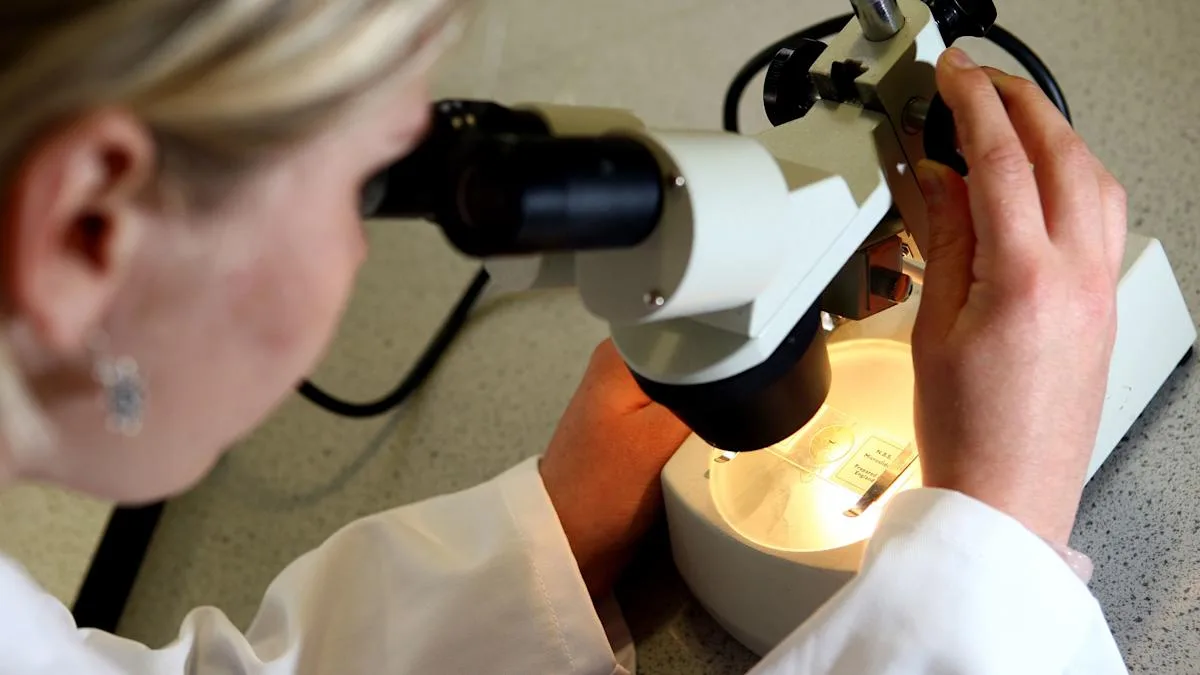Hope Emerges for Thalassemia Patients: A Family’s Discovery
In a recent development, a family has reported a potential breakthrough related to Thalassemia, offering a renewed sense of hope for those affected by this genetic blood disorder. While details are still emerging, the discovery has sparked interest within the medical community and among families dealing with the challenges of Thalassemia.
Understanding Thalassemia
Thalassemia is an inherited blood disorder that causes the body to produce less hemoglobin than normal. Hemoglobin is a protein in red blood cells that carries oxygen. Low hemoglobin levels can lead to anemia, causing fatigue, weakness, and other complications.
- Thalassemia can range in severity from mild to life-threatening.
- Treatment often involves regular blood transfusions and chelation therapy to remove excess iron.
Details of the Discovery
Specifics about the family’s discovery are currently limited, but it is understood to involve a potential home remedy or alternative approach to managing the condition. Further investigations and validation from medical professionals are necessary to fully understand the implications of this finding.
Cautious Optimism and Future Research
While the family’s report is encouraging, experts emphasize the importance of approaching such claims with cautious optimism. Rigorous scientific research and clinical trials are essential to determine the safety and effectiveness of any new treatment or remedy for Thalassemia.
The Need for Continued Research
Thalassemia affects many people worldwide, and there’s a constant need for improved treatment options and potential cures. This development highlights the importance of ongoing research and exploration of innovative approaches to combat this challenging condition.
Final Overview
The family’s discovery represents a beacon of hope for those impacted by Thalassemia. As the medical community investigates this development further, it underscores the importance of continued research, collaboration, and support for individuals and families affected by this genetic blood disorder. It also highlights the potential impact of patient-led discoveries and the need for thorough scientific validation.




+ There are no comments
Add yours